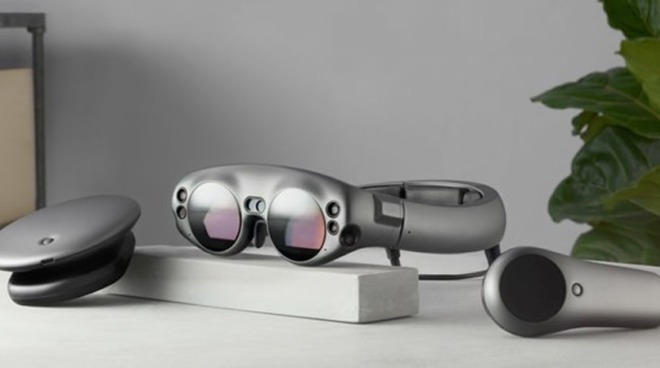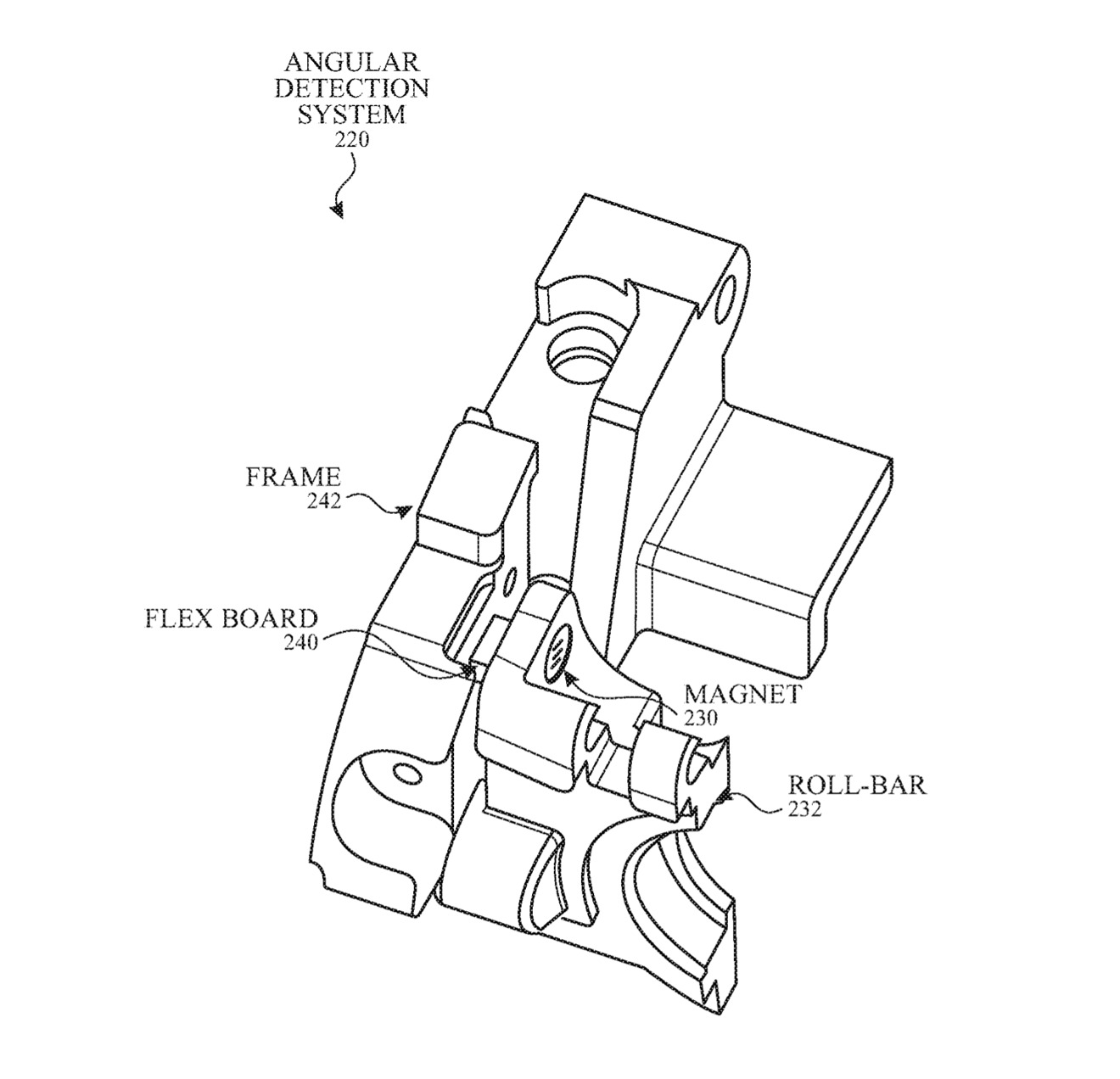Apple's AR & VR headset may not need external input for orientation & motion detection
New Apple research describes how augmented reality headsets may not need external markers to tell when a user is moving, and may also be able to detect when the user puts it on.
Apple is continuing to investigate headsets like its "AR Glasses," as part of its exploration of Augmented and Virtual Reality systems. One such headset in future may utilize sensors that can detect angular rotation, such as that experienced when the device is placed on a user's head or removed.
"[It] may be beneficial for the VR headset to be able to detect when a head-worn device (e.g., headset, eyeglasses, headphones, etc.) is being removed from the user's head, is being placed on the user's head, or both," says Apple in US Patent No. 10,557,724, "Angle detection of a rotating system using a single magnet and multiple hall sensors."
Central to the patent and augmented reality as a whole is an angular detection system, which senses movement but does so using both stationary and moving sensors. Apple's work eschews most stationary sensors, and moves motion detection to the headset, for the most part.
"The angular detection system can include a magnet and a plurality of sensors, one of which can be located on a rotating component and the other can be located on a stationary component," says the patent. "The magnet can generate a plurality of magnetic flux lines. The plurality of sensors can be located and spatially separated along the motion path of the magnet for detecting the magnetic flux lines."
"The strength of the magnetic flux lines sensed by a given sensor can be used to determine the location of the magnet along its motion path," it continues. "on the strength of the magnetic flux lines, the location of the magnet, or both, the system can determine the angle of rotation of the device."
Most AR or VR head units can't tell when a user is wearing them, and display based where it can identify external landmarks. Some use external transmitters or reflectors, and others use a snapshot of the user's room to detect where the user is looking. Apple's invention would remove the need for either, and detect a viewing angle solely based on the user's movement.
"As the user moves his or her head to look around, a display included in the headset can update to reflect the user's head movement," continues the patent. "The VR headset can be worn on the user's head while the user is interacting with the VR system and can be removed from the user's head at other instances."
The patent further describes how such a system could be used for power-saving, or be used for a high-end audio peripheral.
"The angular detection system can be configured to detect when the headset is being removed from the user's head, is being placed on the user's head, or both. That is, the angular detection system 120 can be configured to detect different states of the headset," it explains.
"[The headset] can be configured to generate one or more signals indicative of its state," it continues. "The controller can receive the one or more signals and can perform one or more actions in response to the signals. Exemplary actions can include, but are not limited to, turning one or more components on or off."
The same signals could even be used to aid in determining the size of the user's head to guarantee a better fit.
This invention is credited to three Apple employees, Rajesh Anantharaman, Daniel Ray Bloom and Manoj K. Bhattacharyya. The latter holds over 50 patents including related ones such as "Electronic device having electronic compass with demagnetizing coil and annular flux concentrating yokes," US Patent No. 9,752,877.
Other related patent applications include a method of concealing cameras behind electronically-controller layers on a headset.
 William Gallagher
William Gallagher













 Malcolm Owen
Malcolm Owen
 Christine McKee
Christine McKee

 Amber Neely
Amber Neely








